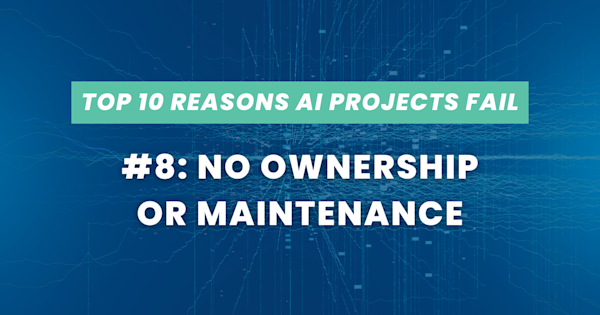As a Confluent Partner, we see firsthand why the introduction of Streaming Agents was so critical. At its core, every AI problem is a data problem. When data is stale, incomplete, or inaccessible, even the most sophisticated agents and Large Language Models (LLMs) can't deliver reliable results.
This is exactly what the market demanded: a solution for building scalable multi-agent systems that are event-driven, replayable, and grounded in fresh, contextualized data. Developers needed a single platform that didn't just provide isolated tools, but one that enabled them to easily source data, reliably move from prototype to production, and gain the necessary observability to debug, evaluate, and iterate on what's actually happening inside their agents.
Streaming Agents Power Intelligent, Context-Aware Automation
Embedded in data streams with access to the latest, most complete and accurate view of operational events, Streaming Agents effectively act as the eyes and ears of the business. They’re designed to handle high-volume real-time data and evolving context, making them ideal for enterprise use cases where fresh information, accuracy, and observability are critical. By continuously monitoring data streams and using context from diverse sources, Streaming Agents can make intelligent, informed decisions and automate actions that drive better outcomes.
High-value use cases include:
Real-time fraud prevention – Continuously ingest and process transaction data, detect anomalies, and automatically block suspicious activity.
Enhanced Shopping Experience – Stream in customer order data, leverage content from internal systems, and use an LLM continuously provide best fit and highly likely recommendations.
Dynamic customer support – Pull live context from CRM systems, chat interactions, and knowledge bases to deliver in-the-moment personalized and accurate responses.
Intelligent supply chain optimization – Track inventory, shipments, and demand signals in real time, automatically reordering stock, rerouting shipments, or adjusting production schedules based on live conditions.
Automated Incident Response – Along with validation and monitoring of data quality and anomaly detection. Agents can sense threshold breaches or business rule violations and automatically execute remediation playbooks, escalate to appropriate teams, or trigger rollback procedures without human intervention.
What’s New in the Q4’25 Release:
With Streaming Agents, every engineer can use familiar Flink APIs to build secure and trustworthy agents, with native support for Model Inference, Tool Calling with MCP, Embeddings for RAG, Built-in ML Functions, External Tables and Search, and Connections. Confluent is continuing to expand on these capabilities and deliver more streamlined developer experiences.
Agent Definition – Quickly build agents in just a few lines of code and unlock more sophisticated tasks with better outcomes by iteratively evaluating and adapting tool calling.
Observability and Debugging – Gain visibility into all agent actions, easily diagnose issues to accelerate resolution, and reliably recover from failure.
Real-Time Context Engine – Using MCP, serve fresh context to Streaming Agents as well as any other AI agent and application to improve decision-making and the quality of outputs.
Get Started with Streaming Agents
Ready to build your first agent in minutes?
By bringing data processing and AI workflows together, Streaming Agents make it easier than ever to build intelligent agents that are event-driven, observable, and context-aware. Keep and get more out of your AI stack by seamlessly integrating Streaming Agents with any data system, model and tool using familiar Flink APIs on top of a secure, governed data streaming platform.
Learn more about Confluent’s Streaming Agents and try the Streaming Agents Quickstart.
Explore Improving’s partnership with Confluent and learn more about our modern data & analytics expertise!
Apache, Apache Kafka, Apache Flink, Flink, and the Flink logo are trademarks of the Apache Software Foundation in the United States and/or other countries. No endorsement by the Apache Software Foundation is implied by using these marks. All other trademarks are the property of their respective owners.






